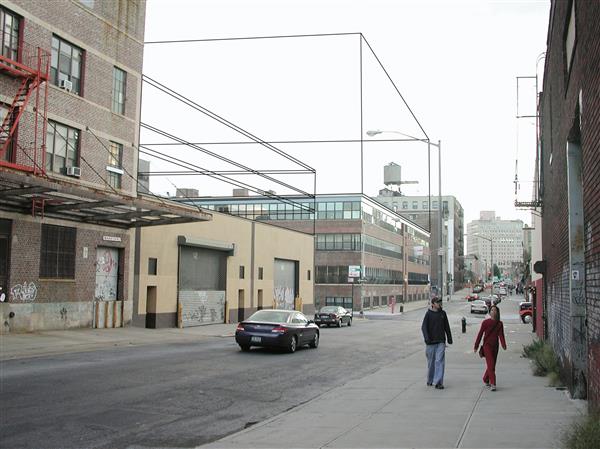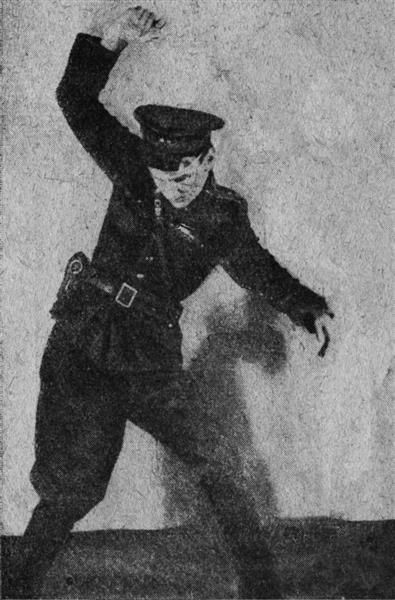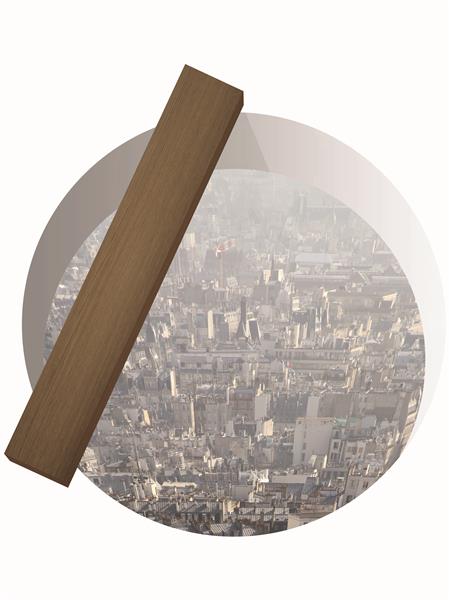Carbon Drawing Studies
Christoph Weber
series of 6 digital C-prints on Diasec
edition 8/9
34.7 × 41.6 cm each
2003
Acquisition 2007
Inv. No. 0165 a-f
Christoph Weber describes himself as a “post-Pop-neo-conceptual artist.” Established greats such as Dan Graham, Eva Hesse, or Robert Smithson provide the magnetic field from which Weber remaps the terrain of Concept Art. Whether he forms boxes from waxen versions of Viennese plasterwork (Objet externes, 2007), photographs buildings (Carbon Drawing Studies, 2003), tinkers up paving stones, or succumbs to his personal quirk of slitting walls as another form of drawing: the result is always a surprise. For Weber shatters our trust in optical and acoustic perception by manipulating things and employing delusions and tricks – nothing is safe from him: surfaces, contents, pictures, sounds. Reality is made to come to a head in that awkward moment of the Truman Show, that fatal instant of awakening from fiction: “Welcome to the desert of the real.”
For his sculptural strategy, Christoph Weber relies on the methods of the 1960s and 1970s Conceptual Art. The material – whether historical and “warm” like wax, copper, or papier mâché or, by contrast, concrete, aluminum, or glass – is always symbolic. Cold materials stand for the present, warm materials for the past. His Objets externes, made from wax and color pigments, appertain to the past, as do the facades, whose plaster he presses into silicone and, after casting it in wax, folds the still soft forms to cube-shaped volumes. Unlike his great model Donald Judd, who provided systematic arrangement instructions for his Specific Objects, Weber positions his works casually across a room.
Weber convincingly uses the vocabulary developed by the godfathers of Minimal Art and Concept Art for his personal explorations which have long since emancipated themselves from their forerunners’ approach. He shows himself concerned with the meaning and transfer of material, with categories of urbanism, as well as the spatial and social organization of cities. This also holds true for his group of works titled Carbon Drawing Studies, which focuses on material and theoretical procedures. Using carbon fiber sticks, Weber begins to draw in exhibitions contexts, allowing visitors to participate in the process of spatialization and confronting them with mechanisms of perception. Or he pastes his linear volumes on photographs of Plattenbauten to be found on the dreary fringes of cities. Which definitely lends utopian swing to the lost periphery.
Brigitte Huck, 2011 (translation: Wolfgang Astelbauer)
Continue readingPublications
evn collection. 2006–2011, Cologne 2011, p. 251–255


